Let’s face it: Driver’s Ed was a while ago. Over the years, our perfect double-handed grip on the steering wheel may have slipped a little; perhaps other bad habits have crept in as well.
And whether we realize it or not, some of those habits may be illegal.
It’s true that traffic laws can be confusing. They can vary by state, and even by municipality. A violation in one place—say, turning right on red in New York City—can be perfectly legal just over the city border.
The evolution of our traffic laws can also be a source of confusion. As the use of mobile phones has spread, for example, safety experts have recognized their role in distracting drivers—and states are adopting laws to combat the problem. Those laws are still developing. While most states have outlawed texting while driving, some have made it illegal to use a phone at all while driving, although others have barred it only for younger drivers.
Still, when it comes to driving, the patchwork quilt of traffic laws should take a back seat to safety. Here are seven habits to change today.
1. Using Your Mobile Phone While Driving
It may be difficult to ignore the ping of an incoming text message, but it’s essential to keep your eyes on the road. With distracted driving becoming an increasingly important issue, expect more states to crack down on any use of a mobile phone. In fact, Washington State just did so in an innovative way with its new DUIE (Driving Under the Influence of Electronics) regulation. But regardless of where you are, put that phone in airplane mode before you hit the gas. (Check out other surprising causes of distracted driving.)
2. Driving With Headphones On
Listening to music on your car radio can be distracting enough. But with headphones at your ears, you may be shutting out important noises—like car horns, railroad-crossing alarms or emergency vehicle sirens—as well as breaking the law in some states.
3. Tailgating
Following a car too closely can happen when a driver isn’t paying close enough attention to the surrounding traffic. It can also result in a ticket. The space you should leave depends on your speed and the local conditions (e.g., a traffic jam or rain storm); try to keep what’s generally referred to as a “reasonable and prudent” distance from other cars.
4. Changing Lanes Without Signaling
In heavy traffic, using your blinker to signal a lane change is a necessity; without it, other drivers won’t know your intention. When traffic is light, though, it’s easier to be lazy about turning it on. You may or may not be pulled over for this infraction, but good habits begin with good communication, regardless of conditions or laws.
5. Speeding
You’re running late and traffic is light—you could shave a couple of minutes off your travel time if you speed up, right? Not so fast. High speeds make a crash more likely, says the Insurance Institute for Highway Safety, since it takes longer to stop or slow down. That appointment you’re late for can wait. Abide by the speed limit.
6. Not Having Your Headlights On
Obviously you need headlights for nighttime driving, but you may not always think to pop them on at dusk or in bad weather. Just remember to over-communicate while driving—and in this case, headlights advertise your presence as well as help you navigate. Laws vary on when to use headlights, but if there’s any question, don’t hesitate: It’s as easy as flipping a switch.
7. Not Wearing A Seatbelt
While clicking a seatbelt is pretty standard practice for most drivers—more than 90 percent of us use one, according to NHTSA—at least 27 million Americans still don’t buckle up. And of course, “click it or ticket” is a familiar phrase for a reason. So don’t neglect the seatbelt—it’s important, even if you’re just driving around the corner. (Here are some other misconceptions about seatbelts.)
Good habits start with defensive driving—which could also earn you a discount on auto insurance with GEICO.
Next article: How good are your driving skills? Test yourself with this quiz.
Illustration by Sam Island

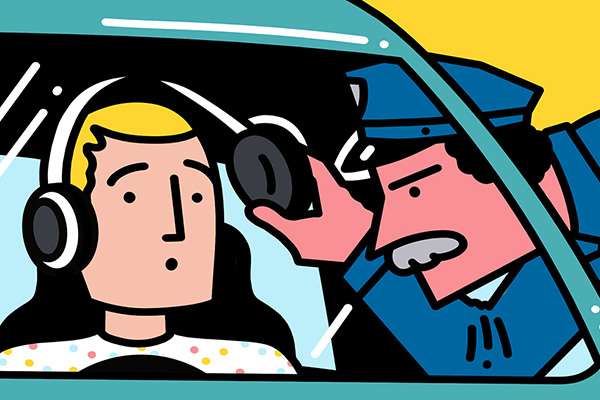


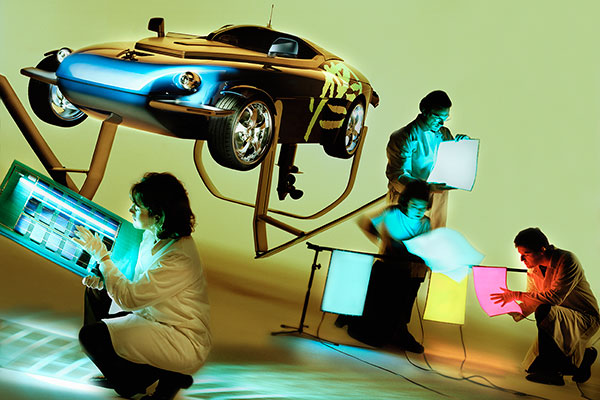
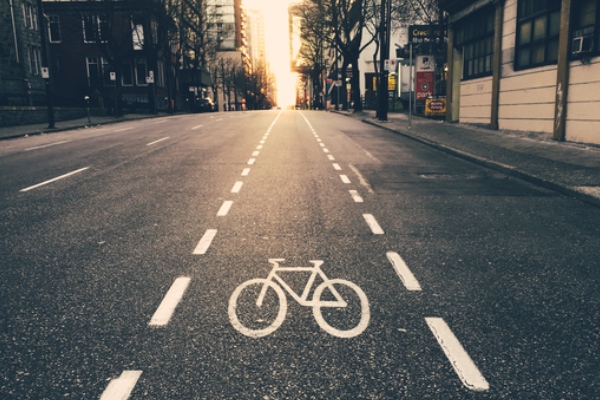
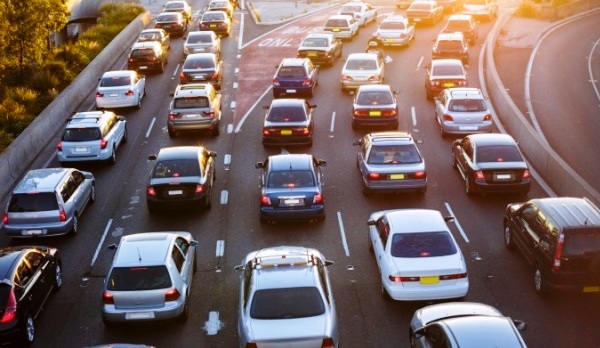


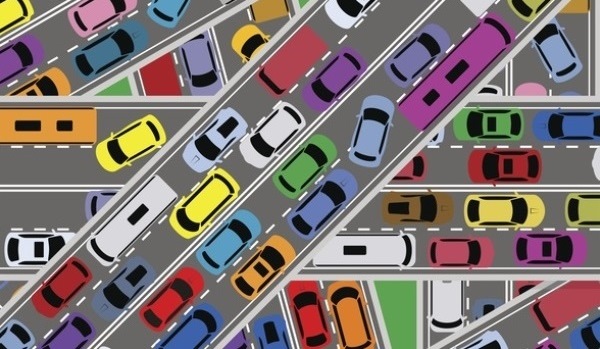
beth bernard says,
I hope others will read this, esp young kids!!! soo IMPORT,, USING SIGNALS!!! NO ONE DOES,COPS NEED TO GIVE TICKETS!! IMPORT..
Kenny Dworkin says,
Your so correct!=Its like your lights to make others know what your doing at all times?
Bob says,
Headlights On in the parking lot too….
Jasmine says,
Please tell those who like to tailgate this again! It’s so frustrating when people are so close on you, they run the risk of ramming right into the back of you! The other driver cannot see what is in front of the driver they are tailgating. That driver may have to stop abruptly. Some people just do not need a license to drive.
Fidencio Alvarez says,
Thank you Mr.Geico,this is very helpful,but smart drivers should know this already,still accidents do happen right? that’s why all drivers should have a License,i like you,Mr. Geico
George says,
So too is driving in traffic with high beams on! I wish you had mentioned that one, very popular thing to do here.
beth bernard says,
OH YA !! AND TAILGATING!! BIG ISSUE.. SOO TRUE
Roger LaBrucherie says,
HEADLIGHTS/RUNNING LIGHTS in daytime: KEEP THEM ON!!
When I was younger, I thought of this as “optional”, or even as shortening headlight life. As I have gotten older, I realize it SHOULD BE MANDATORY: not all drivers have “young eyes” — as you age, most people’s vision deteriorates, and having your headlights or running lights ON may make the difference between BEING SEEN/ NOT BEING SEEN by older drivers,p, with potentially tragic results.
KEEP THEM ON — ALWAYS!!
Barbara says,
Lights on while driving….Day and Night….Its been a law forever in Canada…..why did it take so long here to catch on????
There are some drivers here, especially in California that should never be driving anywhere….They are an absolute menace to others……and I am not talking about the illegals either……People are rude and have very little respect for others….Shameful
AW says,
I notice that some people entering highways do not stop or slow down for their Yield sign. The Yield sign means that highway drivers have the right of way, not those entering. There are ramps with out yield signs and then duty lies with highway drivers to help the entering cars in whatever capacity they can, by moving left or slowing down to allow drivers to merge.
David says,
At the same time, a merging lane is there for one purpose, merging! Try to get up to speed BEFORE entering the driving lane and the situation will be safer for everyone. Those people who are already going 65 should not have to slow down to 45 to let someone merge. That’s an accident waiting to happen. Not to mention frustrating.
Joy says,
My question is why in the world are there Yield signs on some highways ? It defeats the purpose of getting up to speed when you have to merge onto the freeway. How can someone get up to speed if they are almost coming to a stop ? The whole infrastructure needs to be changed and it should start with better training before you even get your driver’s license. The number one thing that needs to be changed is when taking a driving ED class people should actually be taken on the freeway to learn how to drive on the freeway the right way not learn how to from a book. (some states maybe most) The driving test Consist of parallel parking in a parking lot with orange cones and then a ride around the corner and thats it no freeway test at all !
If people were actually required to be tested on the freeway I think there would be less confusion and better driving. People would know if they did not move over for the merging cars or slow down during their test it would be an automatic fail. And if they didn’t move out of the left lane which is for passing only not driving that would be automatic fail as well. And last but not less get rid of the Yield signs or enforce and make it the number one rule when you see a car merging onto the freeway move out the way or slow down !
Carrie Sharkey says,
Remember when someone is merging onto the highway, move to the left lane if you are able to. I’ve noticed lately that people are not moving over and they were able to because nobody was in the left lane.
pat harper says,
8. On a 4 lane highway, remember that the right lane is the lane to drive in, and the left lane is for passing. If you insist on driving slowly in the left lane, check your rear view mirror frequently to see how badly you have snarled up all those behind you.
Joe says,
How about this one: slow traffic keep right!!! Seems so simple, yet so often ignored. Slow drivers in the left lane force passers to pass on the right which is inhrently unsafe. Too many drivers these days just don’t seem to care about anyone else on the road; it’s the “I’m not moving for anyone else” attitude. Don’t endanger others with your carelessness!
Barbara says,
Yes, I agree Joe, what a concept, showing a little courtesy to others…..
David M Hanson says,
That is good info I just wish all ins company’s do like Geico it seems to me that you are look in out for your client’s a that’s why I have Geico for my vehicles that’s you
Carole Thomas says,
Thank you for reminding me.
Nitea Jackson says,
I really appreciate important information about driving. All drivers need to be reminded of bad habit that has developed over the years, that needs to stop today. Thank you GEICO
Andres says,
There are numerous studies that show blaming “speeding” in and of itself is miss-founded. A US Dept. of Transportation Study found closer to about 2% of collisions were related to speeding. Various other studies corroborate that “speed kills” is a myth. It is time to move into the 21st Century and end the fear-mongering “speed kills” myth. It only continues to get perpetuated by those entities that seek to profit from it.
Myrna Altamirano says,
Thanks for this quiz it helps me a lot…